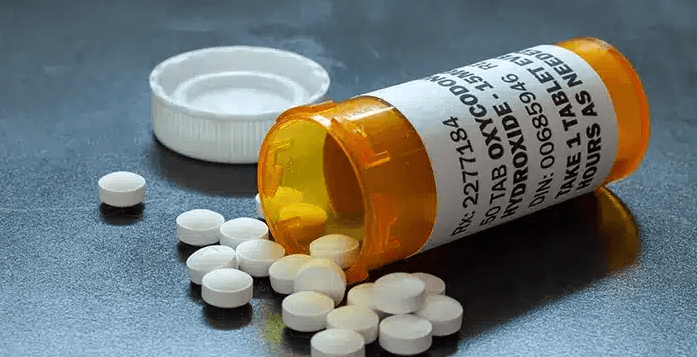The Importance of Professional Assistance and Peer Networks During Fentanyl Withdrawal

Fentanyl, a strong synthetic opioid, is one of the major sources of opioid addiction because of its high potency and addiction potential. Withdrawing from fentanyl may be challenging, sometimes calling for assistance from a specialist. Proper medical monitoring with professional help and the application of medication-assisted treatment (MAT) to suppress the withdrawal syndrome could be of great benefit.
Furthermore, support networks of peers provide understanding, empathy, and shared experiences, which create accountability and motivation required to go through the difficult road of fentanyl withdrawal and recovery.
If you ask what the fentanyl withdrawal timeline is, this article discusses the role of professional help and peer groups in the struggle of fentanyl withdrawal and how they can impact the results by helping patients overcome their addiction.
Fentanyl Withdrawal
Withdrawal symptoms of fentanyl may be severe, and they may involve things like intense cravings, nausea and vomiting, muscle and bone pain, anxiety and agitation, insomnia, night sweating and chills, diarrhea, and stomach cramps. These side effects can be very overwhelming, and that makes it hard for people to quit fentanyl use, especially without assistance.
The Role of Experts
Medical Supervision and Medication-Assisted Treatment (MAT)
Fentanyl withdrawal is associated with physical and psychological symptoms. Medical supervision is essential in that individuals receive adequate treatment and support to manage these symptoms safely.
MAT is all about using drugs to suppress the withdrawal symptoms and the cravings to use the drug. Such medications help shorten the fentanyl withdrawal timeline and make it more probable that a person will eventually recover.
Psychological Support
Fentanyl withdrawal may negatively impact a patient’s psychological state. The role of professional counselors and therapists in helping people deal with withdrawal symptoms cannot be underestimated.
Benefits of Peer Support Networks
Besides professional help, peer networks also significantly impact the recovery process. Peers who have had the same experience can offer understanding, empathy, and validation, which is often needed during withdrawal.
Being part of a peer support network where members can share their experiences, coping mechanisms, and strategies for handling withdrawal symptoms can prevent relapse. Peer support networks are an instrument of accountability and motivation, as people motivate and encourage each other on the road to recovery.
The best method of fentanyl withdrawal comprises professional help and peer support. These two kinds of support are complementary and assist individuals in getting a comprehensive care network that considers physical, psychological, and social needs.
Peer support remains a critical component of long-term recovery. Even after completing the withdrawal phase, some peer support groups can continue to support and encourage people as they aim to maintain their sobriety.
Summary
The Fentanyl withdrawal timeline may seem a difficult time for you. However, you should not go through it on your own. A dedicated professional and peer support group is pivotal in guiding patients to detox properly and recover. Through these resources, people can receive the necessary help and assistance to overcome fentanyl addiction and create a drug-free life full of hope.







